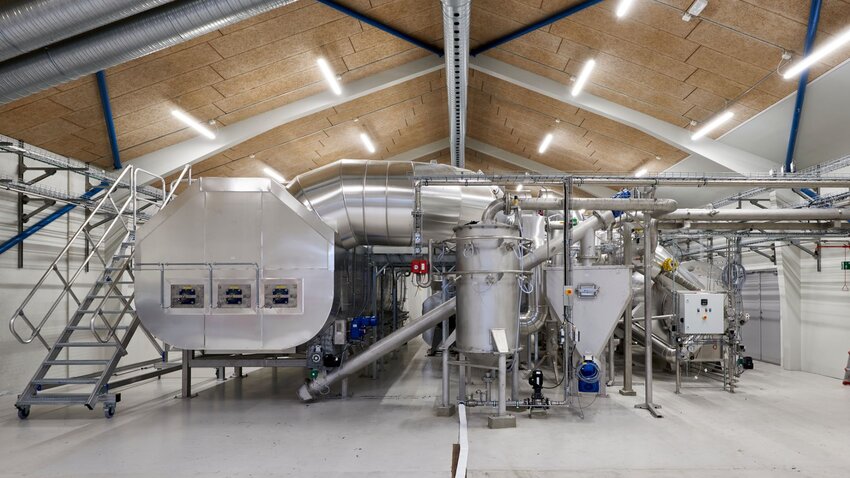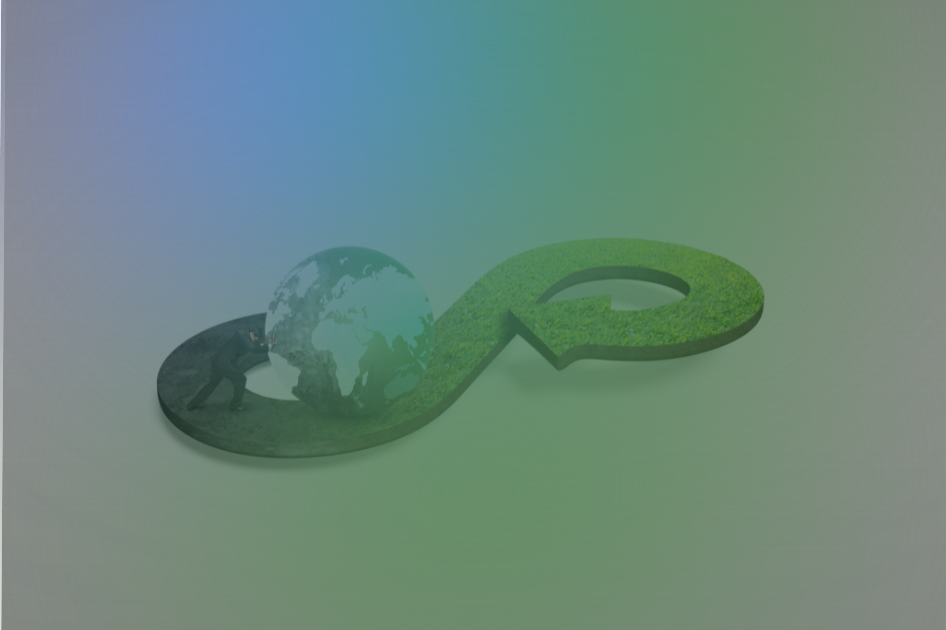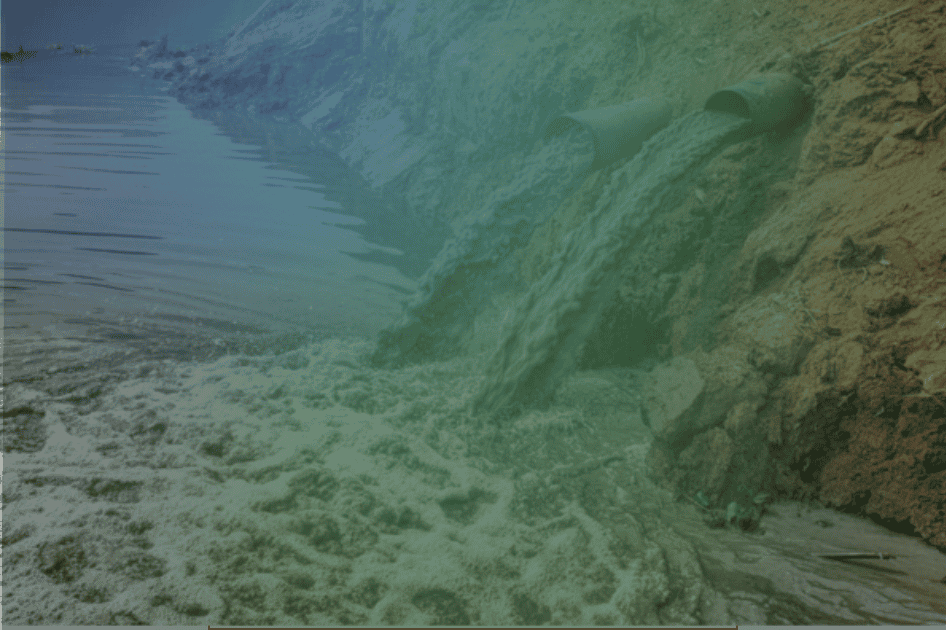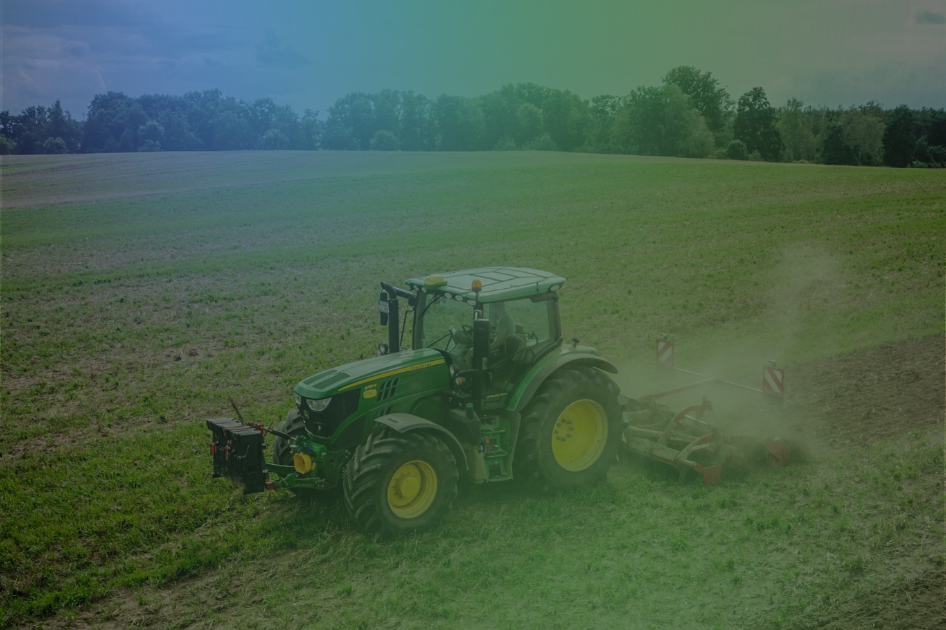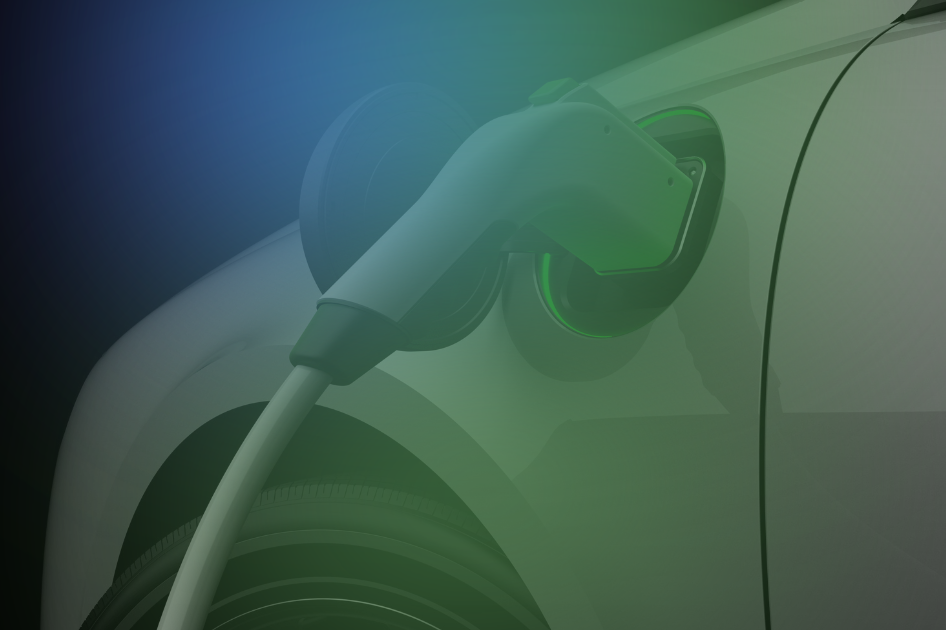Danish cleantech turns waste into resources, generating environmental and economic value with solutions such as biochar, a valuable ally in the fight against global warming
Success stories often come out of nowhere, even from a dinner conversation about fish excrements. It was 2014, and very few companies were doing circular economy. One evening in Copenhagen, a group of friends got together and wondered how tackle the issue of fecal waste from aquaculture, a long-standing threat to the fragile ecosystems of the Scandinavian fjords.
The next morning, engineer Claus Thulstrup found a napkin full of notes on the table. It described a brilliant solution: through an integrated process of steam drying and pyrolysis, fish fecal waste can be recycled into biochar.
The birth of AquaGreen
The following year, also thanks to this insight, Thulstrup and Henning Schmidt-Petersen founded one of Europe's cutting-edge clean tech companies, AquaGreen.
<<The idea emerged from a genuine concern for local environmental damage, long before the concept of circular economy gained widespread popularity>> Christian Wieth, AquaGreen's chief marketing officer, explains to Ecomondo.
The company’s innovative steam dryer — developed in collaboration with the Technical University of Denmark (Danmarks Tekniske Universitet) — transforms waste biomass into a valuable resource known as biochar. This type of vegetable charcoal can be used in agriculture as a soil conditioner, improving crop yields and soil water retention. Biochar can store CO2 for extended periods, for more than 1,000 years. <<It also captures phosphorus from agricultural waste,>> adds Wyeth. <<This reduces our dependence on non-renewable mineral sources.>>
Beyond its promising recycling potential, the process developed by the Danish cleantech purifies biosolids – by-products of wastewater treatment – from several contaminants. The high-temperature decomposition of waste (pyrolysis) eliminates pharmaceutical residues, microplastics, PAHs, PFAS and other organic and environmental pollutants, alongside pathogens and viruses.
What about the energy balance? In general, pyrolysis is an energy-intensive process. However, AquaGreen run the process with the energy of the biosolids and even recover 70-80% of the energy needed for drying as renewable thermal energy which is used locally or sold for district heating.
Many markets for biochar
AquaGreen’s technology was originally developed exclusively to process waste from fish farms. However, it has proven versatile enough to handle urban wastewater sludge without any major modifications.
Further, the biochar can open up channels in several market segments, including wastewater filtration for the absorption of PFAS and pharmaceuticals. But that's not all: biochar can also become useful in green buildings, horticulture, and urban landscaping.
<<Together with Biochar Europe, we are working to obtain approval for biosolid-based biochar as a fertilizer in line with European regulations>> comments Christian Wieth. <<This type of biochar is already authorized for agricultural use in the Nordic countries, the Czech Republic, the United States, Australia, among others. In countries, such as Italy, where this use is not yet regulated by law, we are focusing on alternative applications, such as phosphorus extraction, construction materials, and green steel production.>>
The economic sustainability of AquaGreen
AquaGreen targets both public and private clients, offering solutions that reduce waste management costs while creating new revenue streams. These include credits for carbon dioxide removal, the sale of biochar, and thermal energy recovery. According to Wieth, these options typically offer a return on investment within 3-7 years, driven mainly by savings on biosolids disposal costs.
The circular model is particularly advantageous when the cost of biosolids disposal exceeds €70/wet ton. While other revenue streams generally account for less than 25% of the total business case value, they are sufficient to cover operating costs, including electricity, external gas, software licenses, maintenance, spare parts, and labor.
Danish cleantech paved the way for innovative circular models that combine multiple environmental benefits: from climate mitigation and waste management, to pollutants removal and organic farming.
According to AquaGreen's experience, three ingredients are key for replicating a sustainable circular model: technological innovation, public-private partnerships, and a business model with proven economic sustainability.
Article written by Simone Fant
This blog is a joint project by Ecomondo and Renewable Matter
PUBLICATION
26/06/2025
